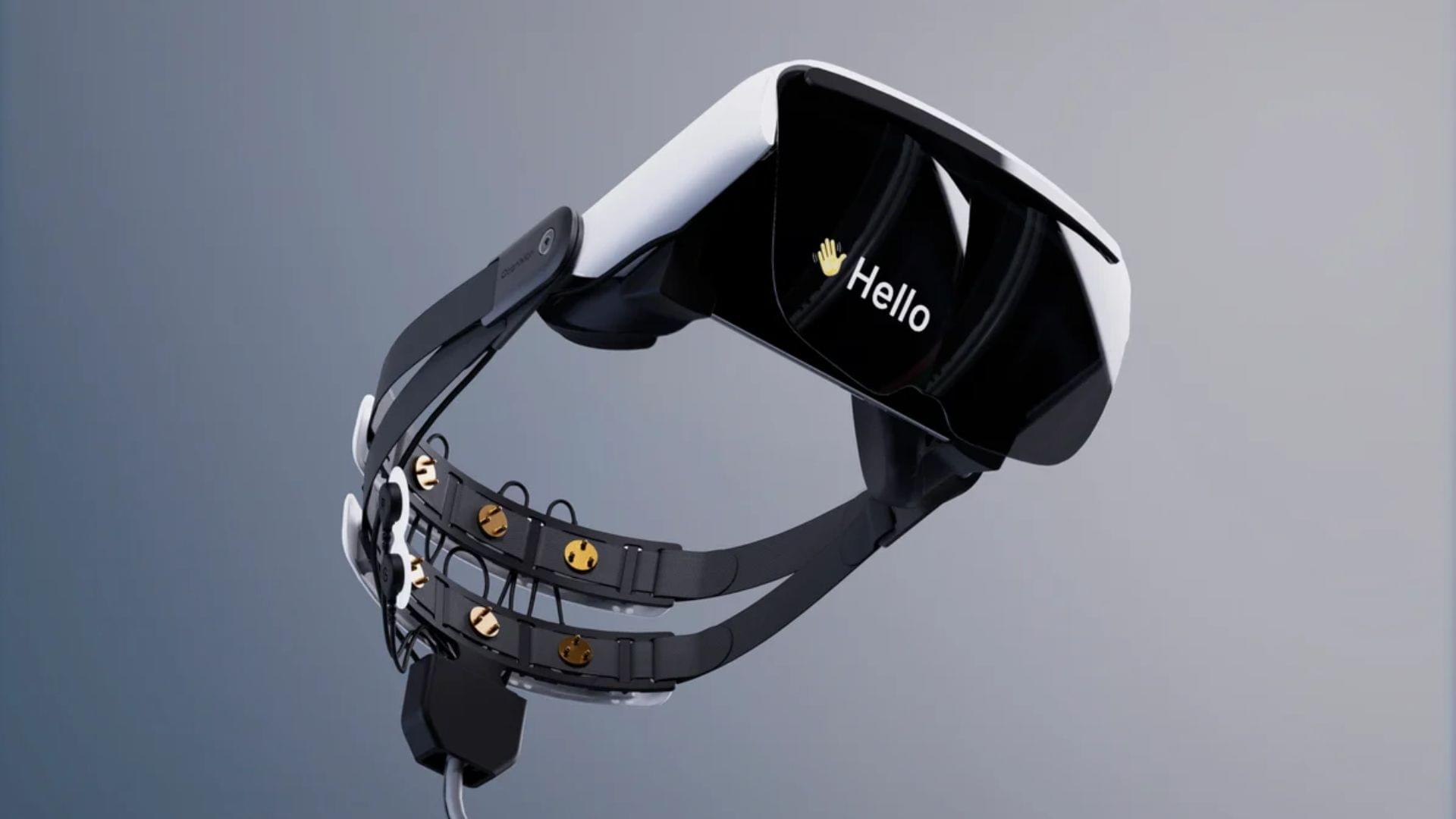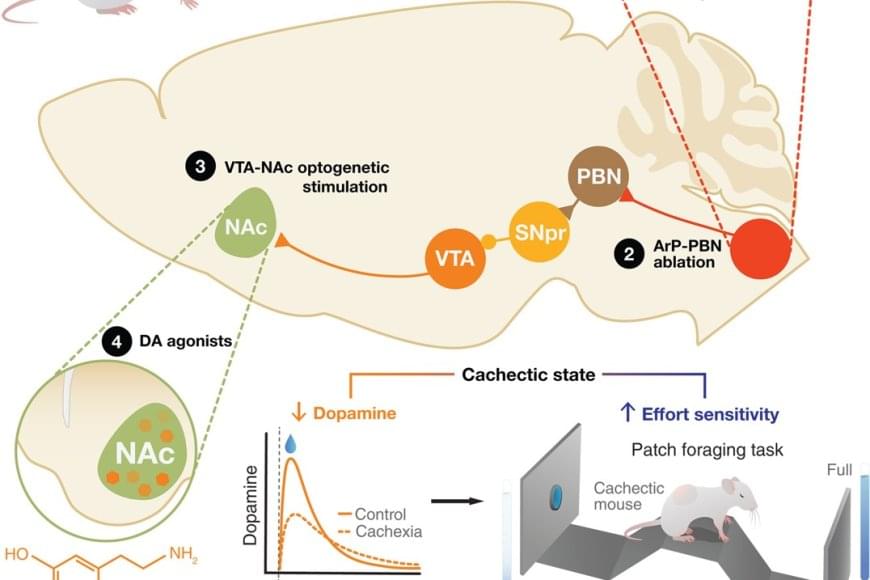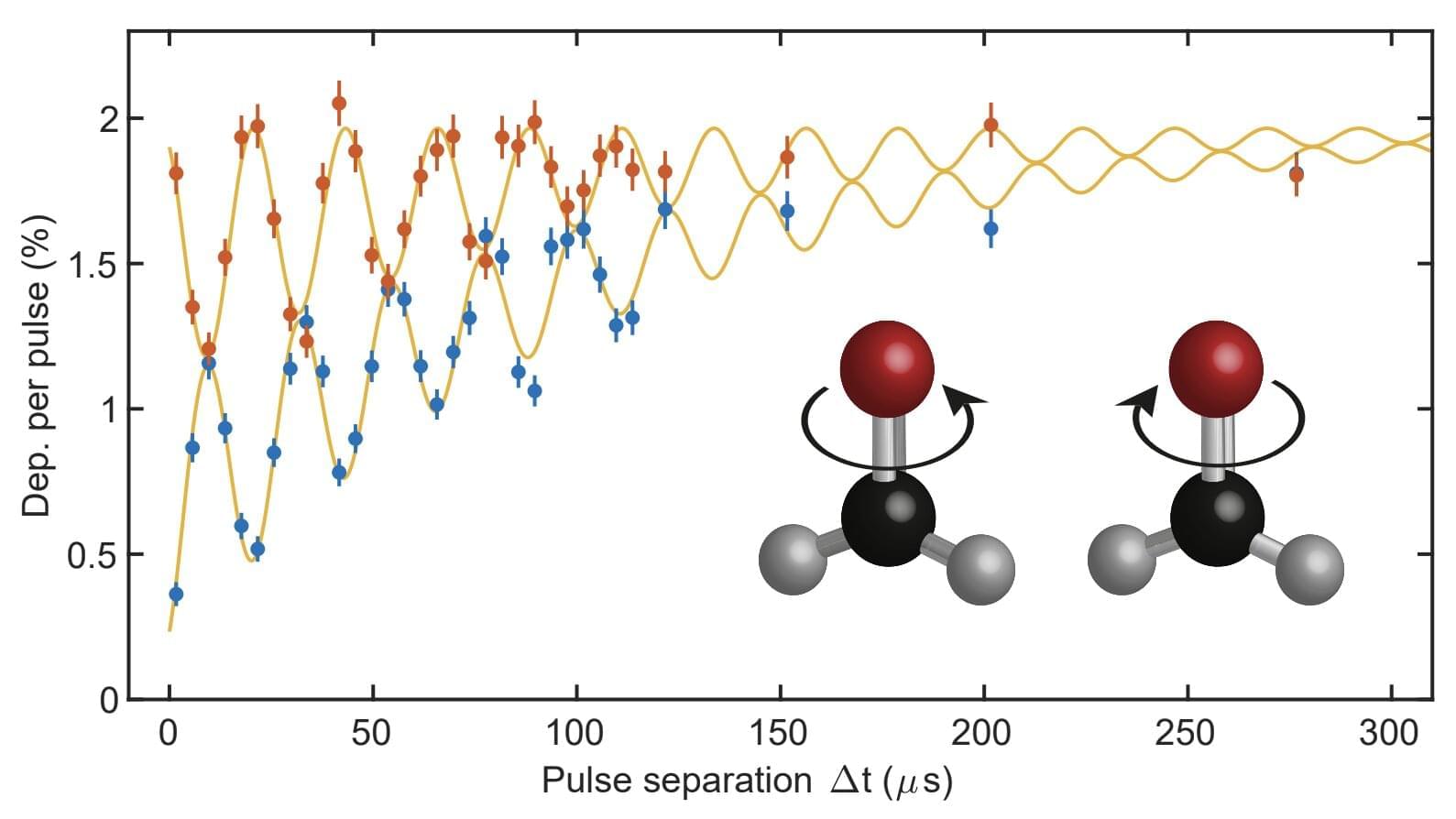No brain surgery required.
Patients with ALS often lose their ability to speak making it harder to communicate with their family. This AI-powered device wants to change that.
The liver is the body’s control tower for metabolism, powering vital functions like converting nutrients to glucose, storing fat and breaking down toxins. Over a third of the world, however, is thought to be affected by conditions including metabolic dysfunction-associated steatotic liver disease (MASLD), which jeopardize key liver functions as the condition progresses. Hepatocyte organoids—the miniature, 3D models of the organ—hold immense promise for accelerating drug development and advancing regenerative therapies.
In a study published in Nature, Keio University researchers unveiled a method to proliferate these hard-to-grow organoids by a million-fold in just 3–4 weeks while maintaining key liver functions. “These organoids are potentially the closest laboratory representations of the liver and its multifunctionality,” says senior author Professor Toshiro Sato of the Keio University School of Medicine.
While organoids aim to mimic human organs, the liver’s repertoire of complex functions—and thus the energy it needs to operate—have made it challenging for researchers to grow organoids that proliferate and fully function, says Sato. When prioritizing growth and survival in laboratory settings, hepatocytes, the liver’s main cells, eventually transform into cells resembling cholangiocytes, which line the bile duct. Hepatocyte functions only last 1–2 weeks at most.
Exercise for a long period of time forces the human body to resort to its energy reserves. When running a marathon, for example, the body mainly consumes carbohydrates, such as glycogen, as a source of energy, but it resorts to fats when the glycogen in the muscles is used up. Myelin, which surrounds neurons in the brain and acts as an electrical insulator, mainly comprises lipids, and previous research in rodents suggests that these lipids can act as an energy reserve in extreme metabolic conditions.
A study conducted by researchers shows that people who run a marathon experience a decrease in the amount of myelin in certain regions of the brain. According to the study published by Nature Metabolism, this effect is completely reversed two months after the marathon.
The researchers used magnetic resonance imaging to obtain images of the brains of ten marathon runners (eight men and two women) before and 48 hours after the 42-kilometre race. Likewise, the researchers took images of the brains of two of the runners two weeks after the race, and of six runners two months after the race as a follow-up.
Proteins are the building blocks of life. They consist of folded peptide chains, which in turn are made up of a series of amino acids. From stabilising cell structure to catalysing chemical reactions, proteins have many functions. Their diversity is further increased by modifications that take place after the peptide chains have been synthesised. One form of modification is protein splicing. The protein initially contains a so-called ‘intein’, which removes itself from the peptide chain to ensure the correct folding and function of the final protein.
A research team has now answered a long-standing research question: Why does a special variant of the inteins, the ‘split inteins’, often encounter problems in the laboratory that significantly lower the efficiency of the reaction? The researchers were able to identify protein misfolding as one cause and have developed a method to prevent it.
The splicing of proteins rarely occurs in nature but is very interesting for research. The solution found by the team opens up possibilities for using split inteins to produce proteins that are useful in basic research or for applications in biotechnology and biomedicine.
The fatigue and lack of motivation that many cancer patients experience near the end of life have been seen as the unavoidable consequences of their declining physical health and extreme weight loss. But new research challenges that long-held assumption, showing instead that these behavioral changes stem from specific inflammation-sensing neurons in the brain.
In a study published in Science, the researchers report that they identified a direct connection between cancer-related inflammation and the loss of motivation characteristic of advanced cancer. Studying mice with cancer-linked cachexia, a condition typical of the disease that leads to muscle wasting and weight loss, they discovered a previously unrecognized pathway in the brain. This pathway senses inflammation and actively suppresses dopamine — a key driver of motivation — resulting in apathy and loss of drive.
Blocking the pathway restored motivation, even though the cancer and weight loss continued. This indicates that apathy can be treated separately from the disease itself.
Adults could one day grow their own replacement teeth instead of having fillings – as scientists make a key discovery.
Over the past decades, researchers have been trying to develop increasingly advanced and powerful quantum computers, which could outperform classical computers on some tasks. To attain this, they have been trying to identify new ways to store and manipulate qubits, which are the fundamental units of information in quantum computing systems.
So far, most studies have developed quantum systems that store qubits using superconducting materials, trapped ions, and the spin of electrons confined in quantum dots (i.e., tiny semiconductor-based structures).
Another promising and yet so far rarely explored platform for the storage and manipulation of qubits relies on polar polyatomic molecules, which are molecules with more than two atoms and an uneven distribution of electric charge.
Astronomers have discovered a planet that orbits at a 90-degree angle around a rare pair of strange stars—a real-life ‘twist’ on the fictional twin suns of Star Wars hero Luke Skywalker’s home planet of Tatooine.
The exoplanet, named 2M1510 (AB) b, orbits a pair of young brown dwarfs —objects bigger than gas-giant planets but too small to be proper stars. Only the second pair of eclipsing brown dwarfs known—this is the first exoplanet found on a right-angled path to the orbit of its two host stars.
An international team of researchers led by the University of Birmingham made the surprise discovery using the European Southern Observatory’s Very Large Telescope (VLT). The brown dwarfs produce eclipses of one another, as seen from Earth, making them part of an “eclipsing binary.”
Crime scene investigation may soon become significantly more accurate and efficient thanks to a new method for detecting gunshot residues. Researchers from the groups of Wim Noorduin (AMOLF/University of Amsterdam) and Arian van Asten (University of Amsterdam) developed the technique that converts lead particles found in gunshot residue into light-emitting semiconductors. This method is faster, more sensitive, and easier to use than current alternatives.
Forensic experts at the Amsterdam police force are already testing it in actual crime scene investigations. The researchers published their findings in Forensic Science International on March 9.









